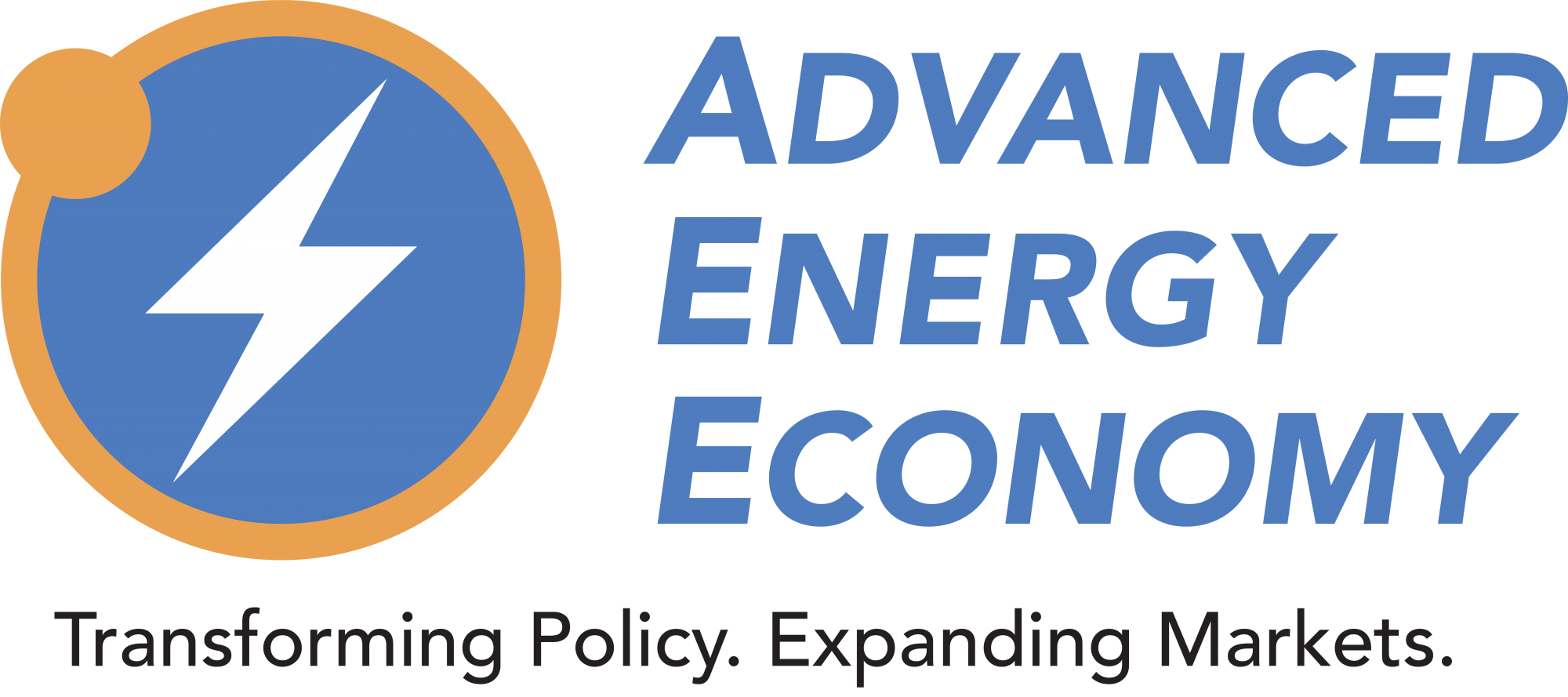Battery Swapping for Truck Electrification in the United States
Type: White Paper
Categories: Distributed Energy Resources, Energy Efficiency, GHG Emissions
Date Published: 4/9/2025
Author: By American Council for an Energy-Efficient Economy (ACEEE)
Primary Topic: Distributed Energy Resources
Medium- and long-haul trucks’ daily travel distances as well as operational and logistical considerations around payload capacity, range, and charging times make them particularly hard to electrify. Electric heavy-duty trucks on the market today constitute only 4% of all zero-emissions trucks in the United States (Al-Alawi and Richard 2024). Scaling up electrification efforts to reduce heavy-duty vehicle (HDV) emissions will thus require the consideration of solutions that can complement battery electric trucks (BETs) with fixed batteries to provide a zero-emissions solution that will meet the needs of zero-emissions long-haul freight.
Battery swapping has potential to reduce the time trucks must wait for charging, extending their range and reducing downtime. Overall, battery swapping is in its early stages domestically but has been steadily gaining ground in China.
In this topic brief from the American Council for an Energy-Efficient Economy (ACEEE), scope out the advantages and challenges associated with battery swapping as a potential solution to electrify medium- and long-haul HDVs in the United States and learn how this technology could help to scale up and support transportation electrification across the country.
Share this valuable information with your colleagues using the buttons below:
« Back to ResearchStay Up-To-Date












